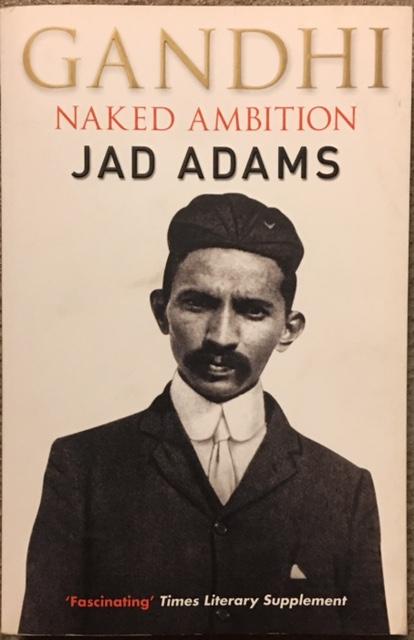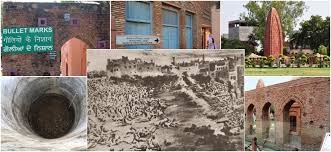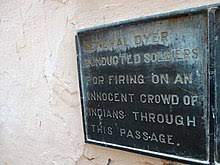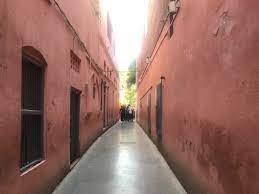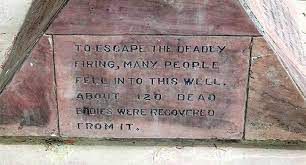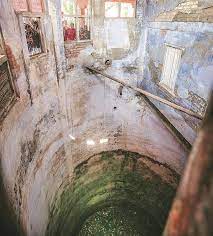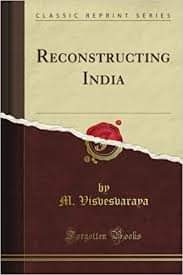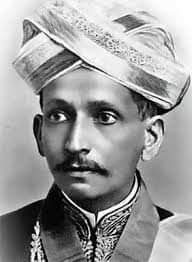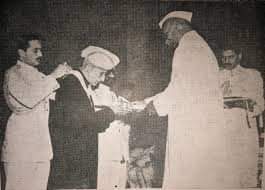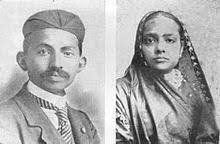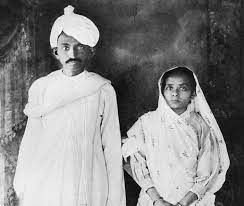
#SambunathDe -
Story of an unsung hero who was denied his place by scientific community both in Bharath & worldover.
Sambhunath De (1/2/1915 – 15/4/1985) was a Bengali medical scientist and researcher, who discovered the #choleratoxin, the animal model of cholera and

Story of an unsung hero who was denied his place by scientific community both in Bharath & worldover.
Sambhunath De (1/2/1915 – 15/4/1985) was a Bengali medical scientist and researcher, who discovered the #choleratoxin, the animal model of cholera and


successfully demonstrated the method of transmission of cholera pathogen Vibrio cholerae.
Born at Hooghly for a middle class family, De completed his matriculation by his uncle's support & higher education by Scholarship & support from a Seth who identified his zeal for studies.
Born at Hooghly for a middle class family, De completed his matriculation by his uncle's support & higher education by Scholarship & support from a Seth who identified his zeal for studies.
De did his medical degree from Calcutta & finished his PhD from London.
In 1955 De became the Head of Pathology and Bacteriology Division of the Calcutta Medical College, which he continued until his retirement.
In 1959 De was the first to demonstrate that cholera bacteria
In 1955 De became the Head of Pathology and Bacteriology Division of the Calcutta Medical College, which he continued until his retirement.
In 1959 De was the first to demonstrate that cholera bacteria
secrete enterotoxin.
This discovery eventually promoted research to find a treatment aimed directly at neutralising the cholera enterotoxin.
De’s paper “Enterotoxicity of bacteria-free culture-filtrate of Vibrio cholerae,” while initially unrecognised, today is considered a
This discovery eventually promoted research to find a treatment aimed directly at neutralising the cholera enterotoxin.
De’s paper “Enterotoxicity of bacteria-free culture-filtrate of Vibrio cholerae,” while initially unrecognised, today is considered a
milestone in the history of cholera research.
He also did extensive research against E.Coli & published many papers which are considered as benchmark by many distinguished professors & at universities of Oxford, Harvard & Institutes of Internal Medicines.
These famous findings
He also did extensive research against E.Coli & published many papers which are considered as benchmark by many distinguished professors & at universities of Oxford, Harvard & Institutes of Internal Medicines.
These famous findings
came out from the work he carried out at the Nilratan Sircar Medical College, Calcutta Medical College and Bose Institute, Kolkata in extremely modest laboratory settings. Using research methodology that was very simple, easy to perform and inexpensive.
De set the highest
De set the highest
standards of excellence in novel experimental design and execution.
In the words of Nobel Laureate Prof. Joshua Lederberg, “De’s clinical observations led him to the bold thought that dehydration was a sufficient cause of pathology of cholera, that the cholera toxin can kill

In the words of Nobel Laureate Prof. Joshua Lederberg, “De’s clinical observations led him to the bold thought that dehydration was a sufficient cause of pathology of cholera, that the cholera toxin can kill


‘merely’ by stimulating the secretion of water into the bowel".
Thus, the oral rehydration therapy (ORT) for replenishing the massive fluid loss in cholera patients, has saved innumerable lives, should be considered as a direct outcome of De's discovery of cholera toxin.
Thus, the oral rehydration therapy (ORT) for replenishing the massive fluid loss in cholera patients, has saved innumerable lives, should be considered as a direct outcome of De's discovery of cholera toxin.
His findings on exotoxins set the stage for the modern views of diseases caused by toxin producing bacteria, helped in the purification of cholera and heat-labile (LT) enterotoxins produced by V. cholerae and E. coli, respectively.
De retired in 1973 from the Calcutta Medical
De retired in 1973 from the Calcutta Medical
College at the age of 58. After his retirement, he showed no interest in higher positions but continued his research at the Bose Institute, Calcutta.
In 1978, the Nobel Foundation invited De to participate in the 43rd Nobel Symposium on Cholera and Related Diarrhoeas.
In 1978, the Nobel Foundation invited De to participate in the 43rd Nobel Symposium on Cholera and Related Diarrhoeas.
De passed away “Unrecognised” on 15 April 1985 at the age of 70.
Nobel laureate Prof. Joshua Lederberg had nominated De for the Nobel Prize more than once. Said Lederberg, "our appreciation of De must then extend beyond the humanitarian consequences of his discovery, he is also
Nobel laureate Prof. Joshua Lederberg had nominated De for the Nobel Prize more than once. Said Lederberg, "our appreciation of De must then extend beyond the humanitarian consequences of his discovery, he is also
an examplar and inspiration for a boldness of challenge to the established wisdom, a style of thought that should be more aggressively taught by example as well as precept.”
And yet De was never elected a fellow of any Indian academy and never received any major award.
And yet De was never elected a fellow of any Indian academy and never received any major award.
As Professor Padmanabhan Balaram pointed out in an editorial in Current Science,
"De died in 1985 unhonoured and unsung in India's scientific circles. That De received no major award in India during his lifetime and our Academies did not see it fit to elect him to their

"De died in 1985 unhonoured and unsung in India's scientific circles. That De received no major award in India during his lifetime and our Academies did not see it fit to elect him to their


Fellowships must rank as one of the most glaring omissions of our time.
A tribute to the great scientist from
thebetterindia.com/198411/indian-…
#VANDEMATARAM
A tribute to the great scientist from
thebetterindia.com/198411/indian-…
#VANDEMATARAM
• • •
Missing some Tweet in this thread? You can try to
force a refresh

